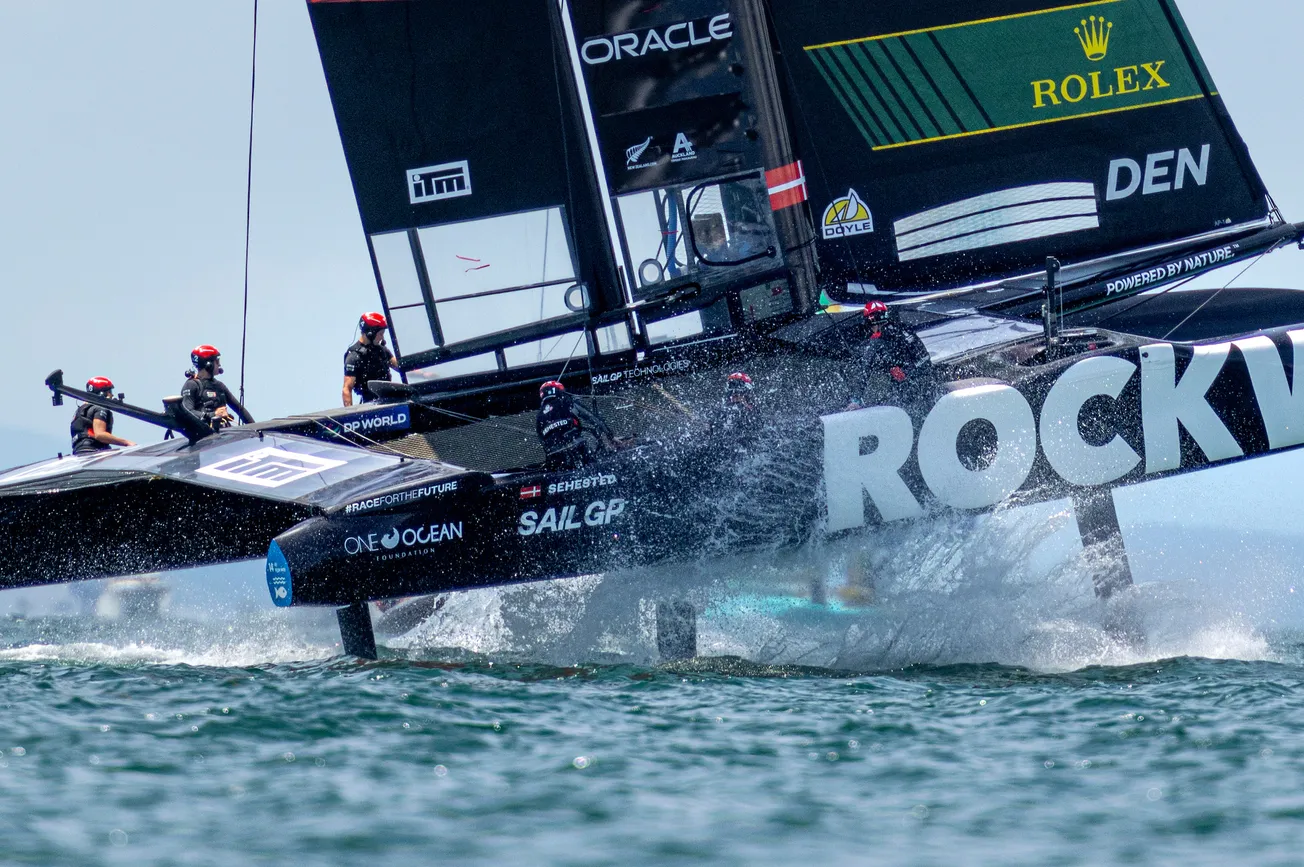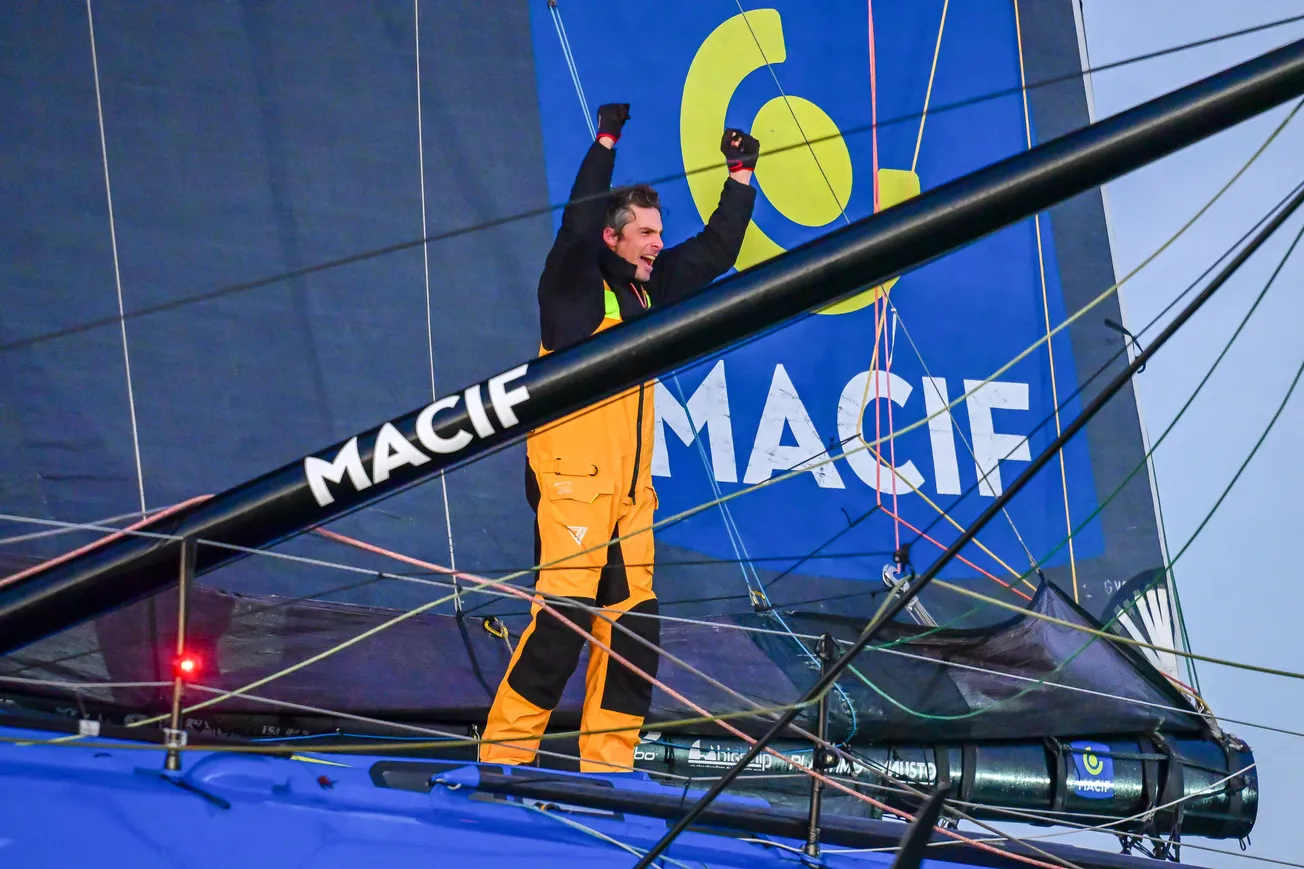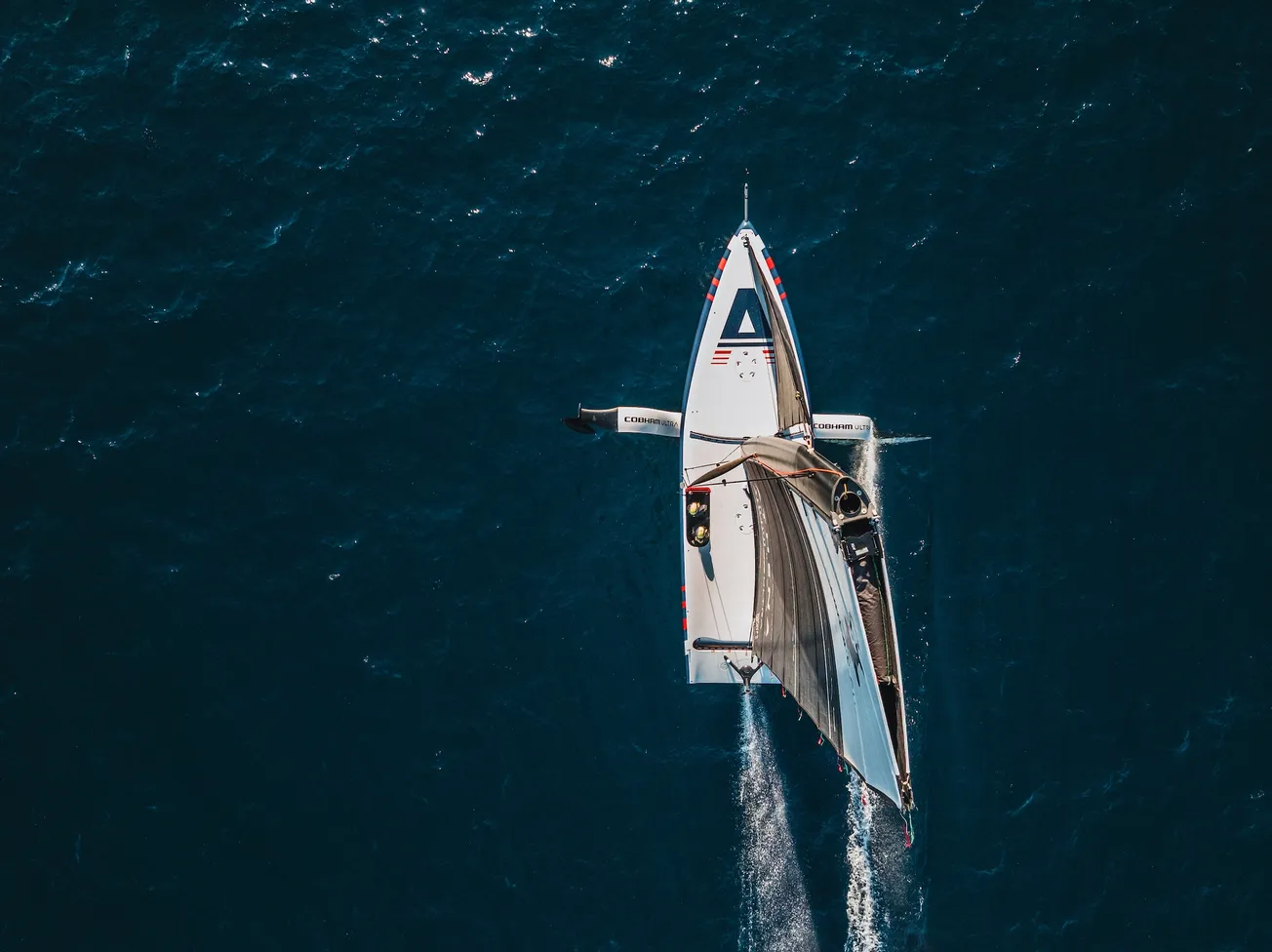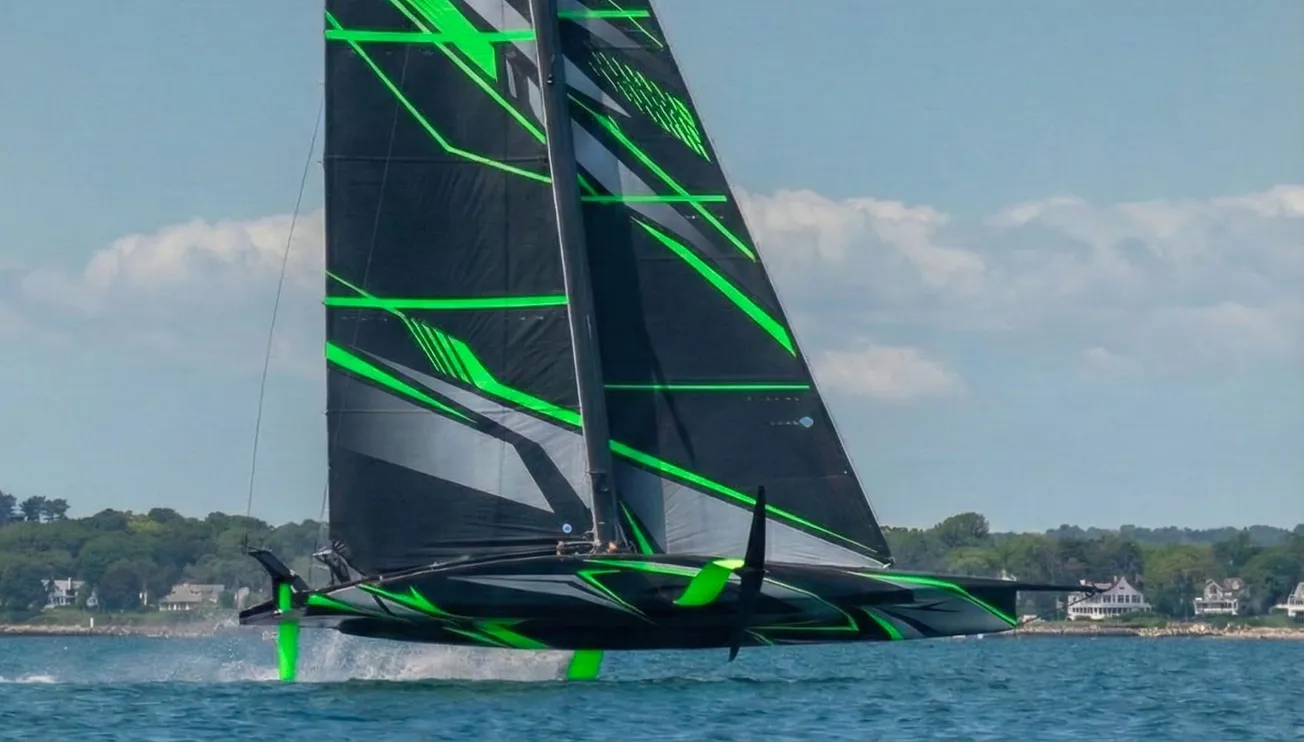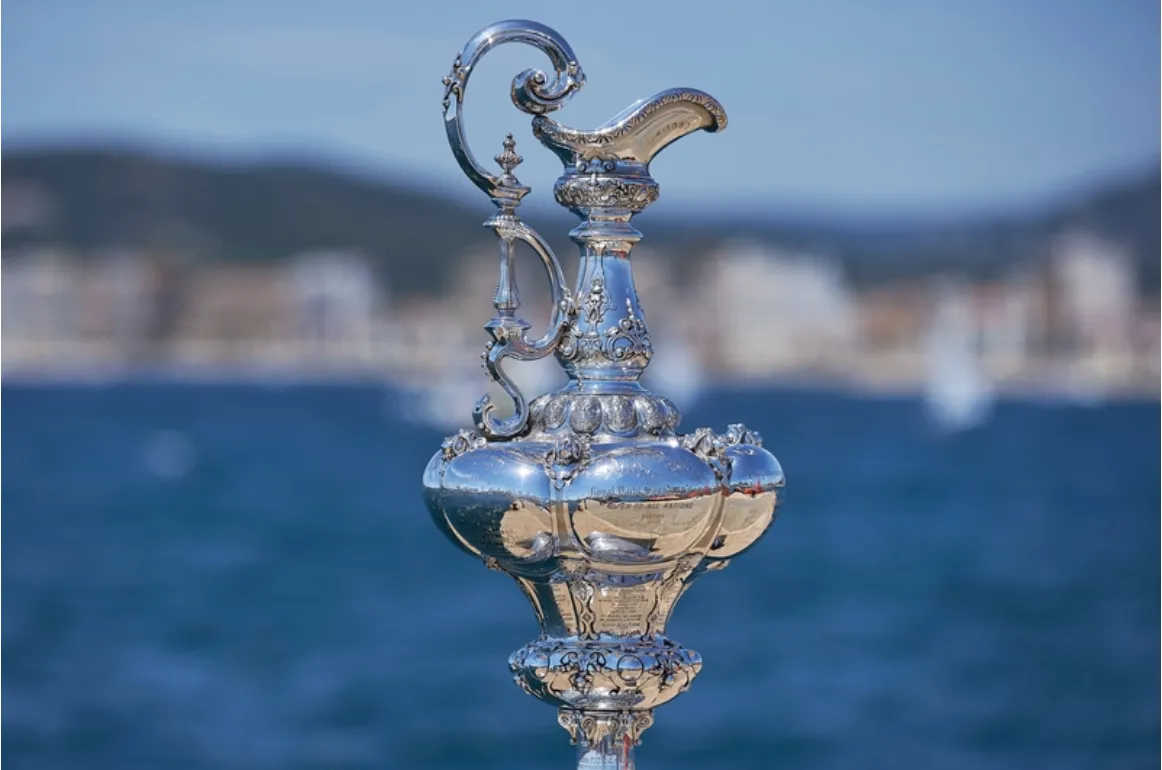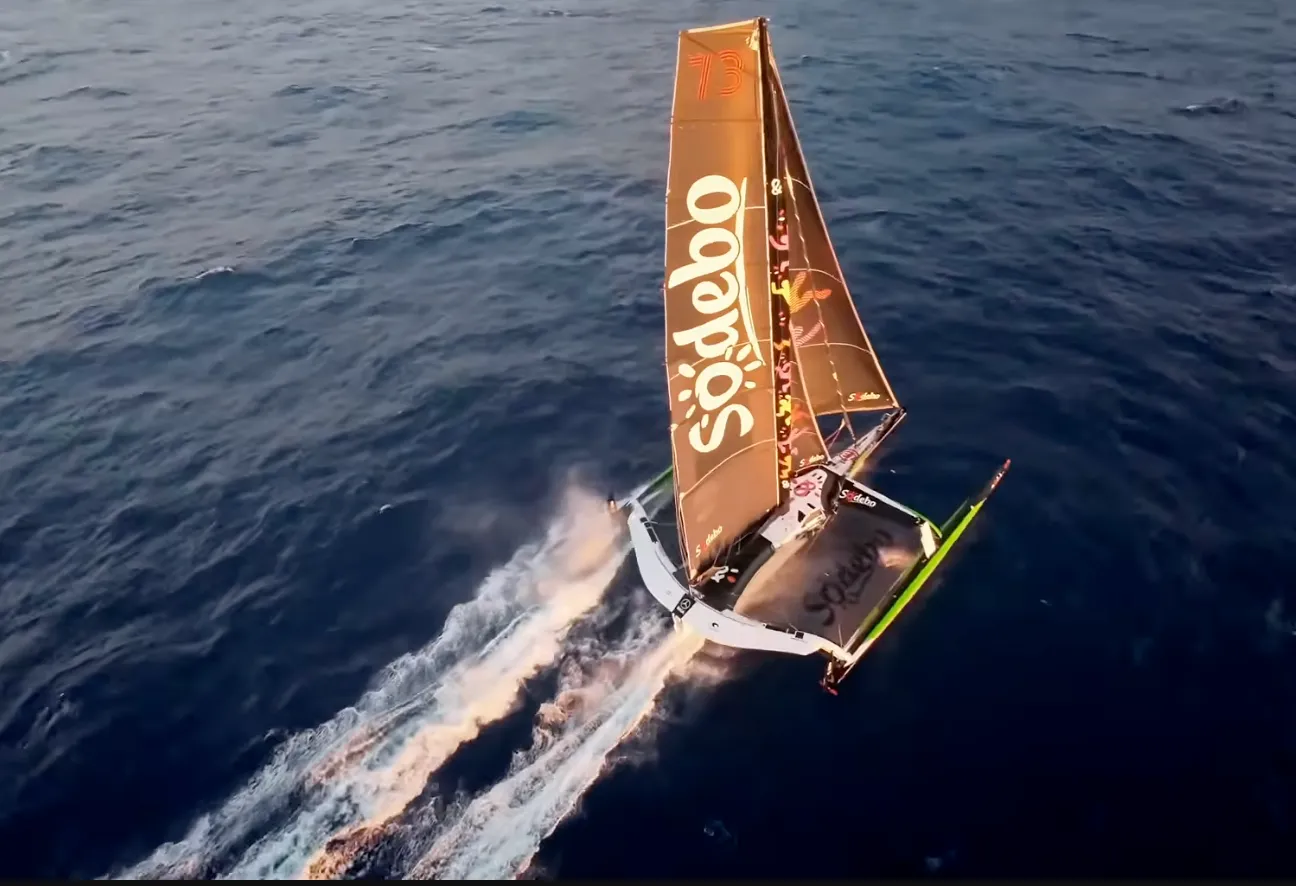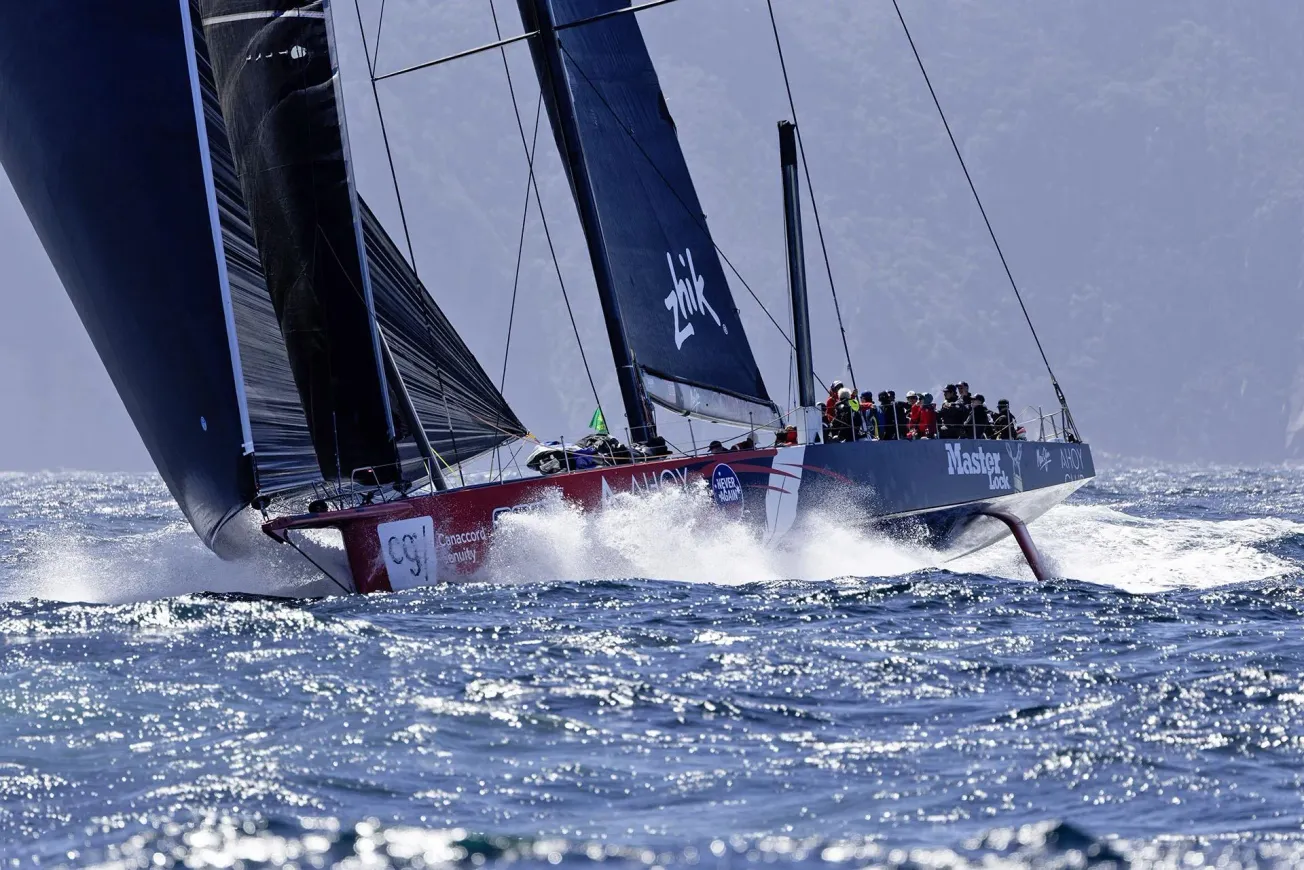


Tell us about sailing with the new T-foils. What differences did you notice?
The first thing I felt was that they're very direct compared to the L-foils. There’s not a lot of movement or give from them. They're relatively stiff. So you feel like you are sailing with a little bit less ‘suspension’. That means it feels like your movements are translated directly into the boat. We could all feel it in the way the boat responds. We can see the platform is moving a lot more because the T-foils have a very nice grip and are very strong around the lifting area.
I feel like this is a foil that somehow requires a little bit less nuance. Sometimes on the L-foils when you wanted to push hard you quite quickly found yourself on the limit. Whereas with the T-foils I feel a little less at risk. You can be high, but you don't side skip in the same way as with the L-foils on the reach or upwind.
Does the boat feel ‘stiffer’ because the foils are titanium?
Yes, but it’s also the t-shape design. If you're trying to support something on the L-foils, it introduces a bit of flex – a bit of suspension, you might say. Then, with the T-foil, because it is not as big a span, it definitely has a very direct way of lifting.
What else is different?
The next thing was getting used to the new lift factor and the speed you need to do before you start foiling. Then you move into smaller details, like how much can you pierce (allow the outboard end of the foil to break the surface of the water).


